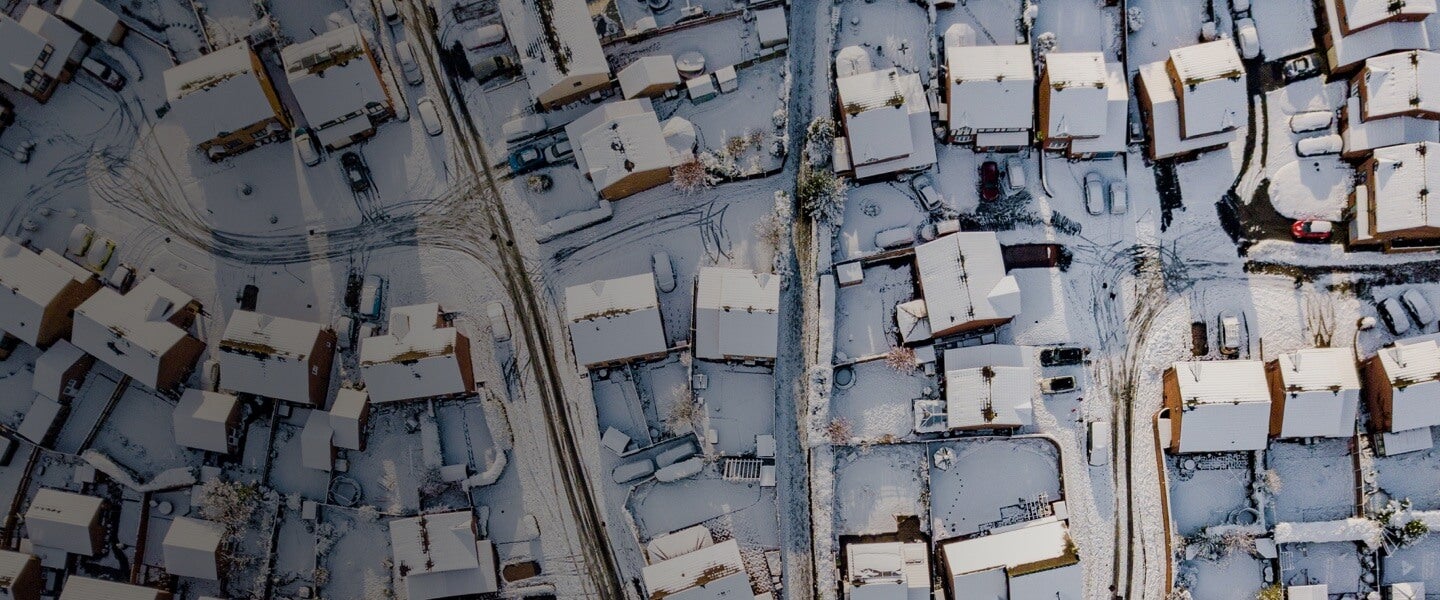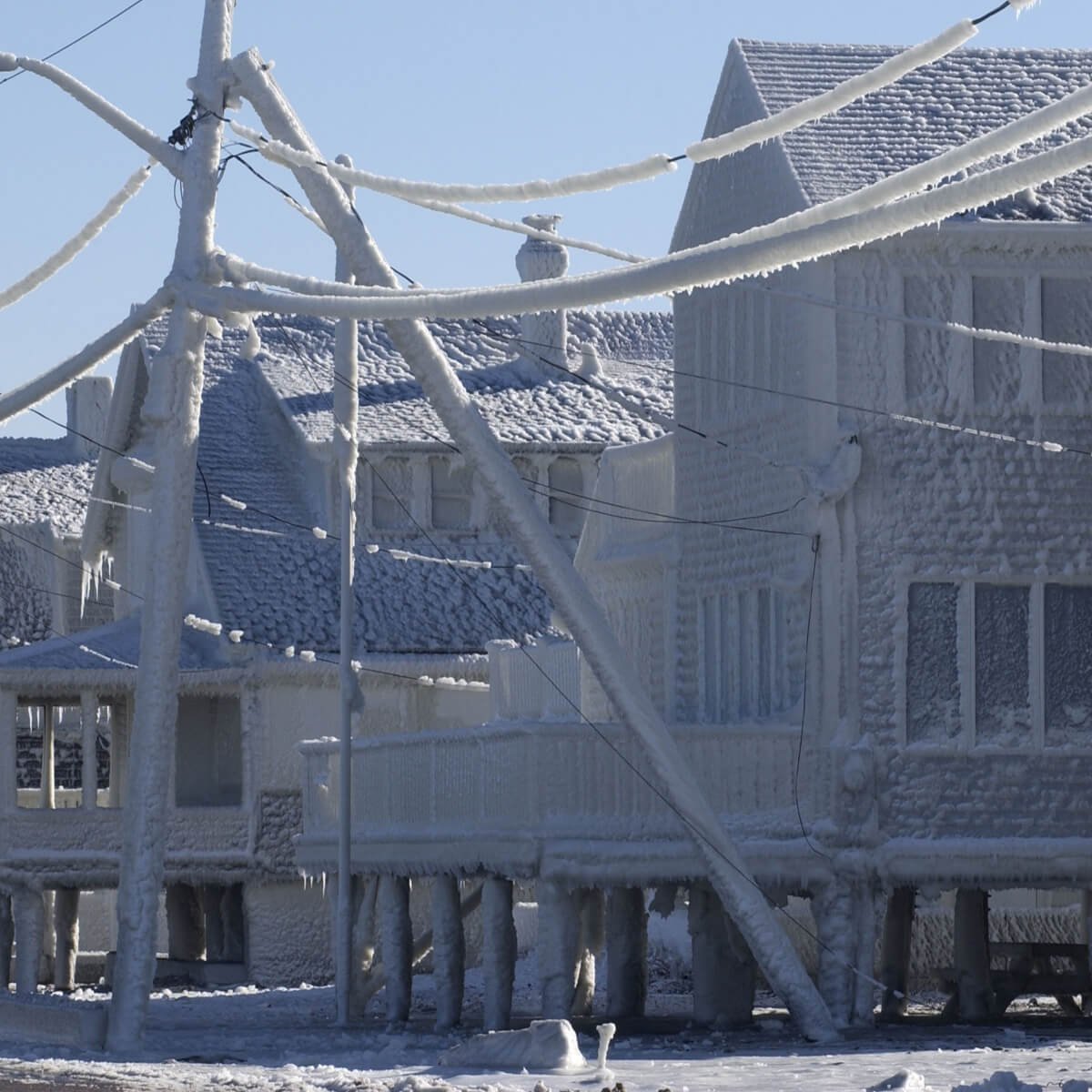Understand a Multi-Peril Risk
Quantify potential losses and effectively manage, underwrite, and price multi-peril, correlated risk across the U.S. and Canada to reduce your combined ratio.
Specialized Vulnerability Curves
Includes all key winterstorm damage modes – roof collapse under snow, ice damming, wind damage, icing causing treefall, burst pipes, and basement flooding.
Split Out Sub-Perils
Examine losses from snow, ice, freeze, and extratropical winds individually or together, whether from rapid accumulation of small losses or large tail events costing billions.
Tested and Validated
Thorough validation tests both the model hazard and vulnerability functions, using sources ranging from respected climate data to detailed historic losses.
Model Features
Benefit from using our model to gain a clear understanding of your winterstorm risk.
Regional and Country Winterstorm Models
Regional Models
Click a region on the interactive map to see coverage.
Spotlight

Related Products
Explore a range of Moody's RMS peril risk models to complete your comprehensive model suite across North America.
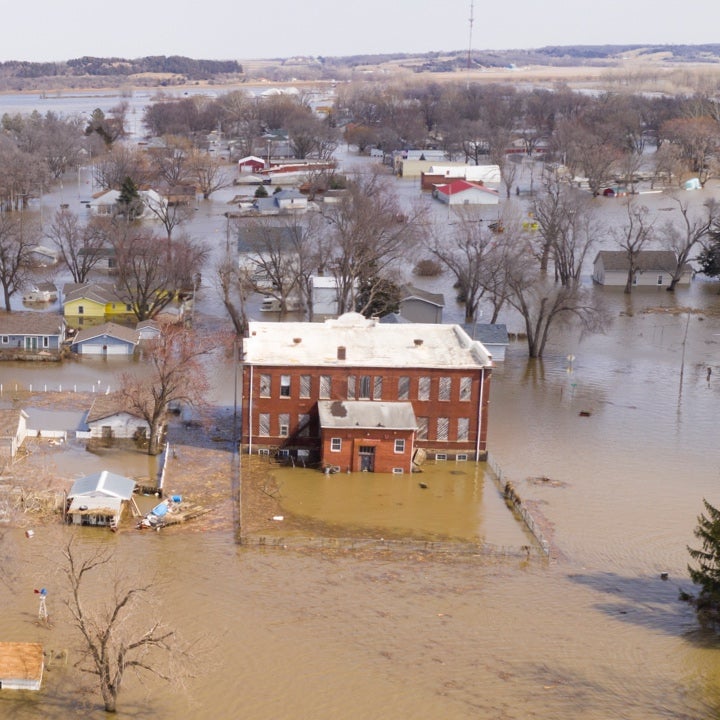
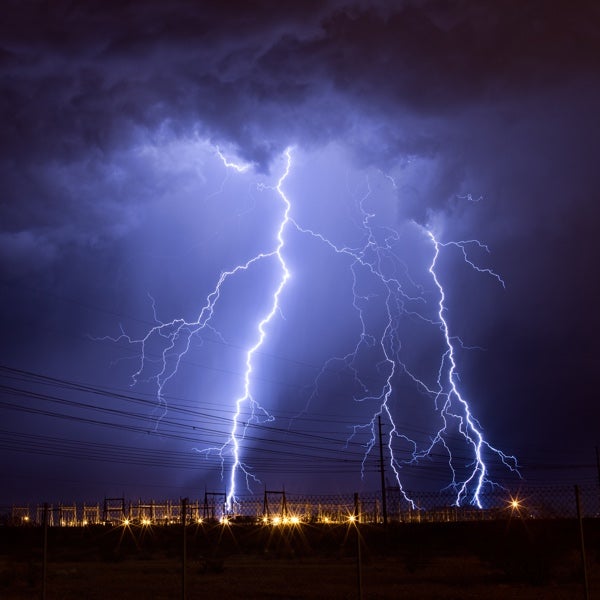
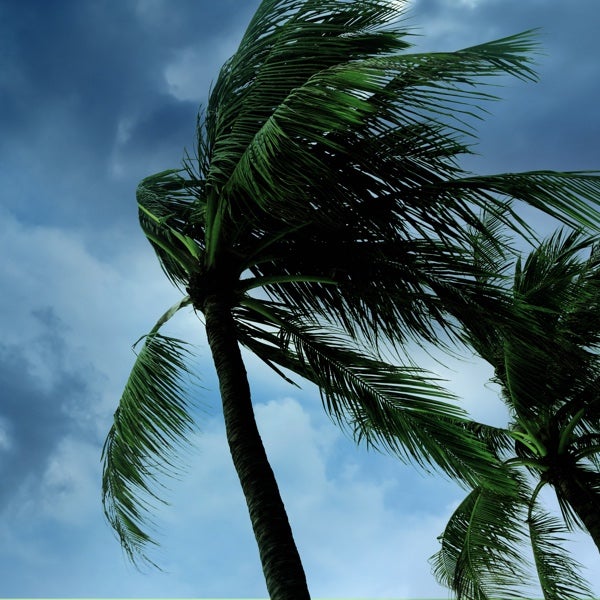
Resources

Three Questions on the December 2022 North America Cold Ai...
The 2022 holiday season was greeted by a cold air outbreak (CAO) between December 21–27, 2022, with winter storms bringing freezing temperatures, snow, and strong winds across northern, central, southern, and eastern U.S. and Canada. As noted in the RMS Event Response summary, Buffalo, New York hit the headlines when lake effect snow (snow that forms downwind of large bodies of water) and strong winds caused blizzard conditions for 37.5 hours and resulted in the city being snowed-in and isolated for several ...
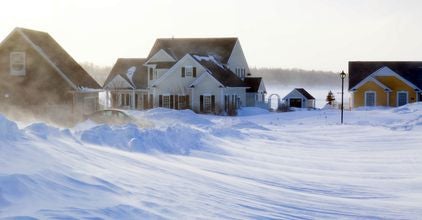
United States and Canada Winterstorm Modeling: Delivering ...
Hurricane Ida topped the list of U.S. catastrophe insured losses for 2021, but the February severe winter weather event ranked second – and ultimately became the costliest winter weather insured loss in U.S. history. Those two powerful winter storms demonstrated how a combination of economic, social, and operational factors can become significant drivers of insured and non-insured losses for winter storm perils. The severe winter weather event began with a long-lasting cold air outbreak on February 6. ...
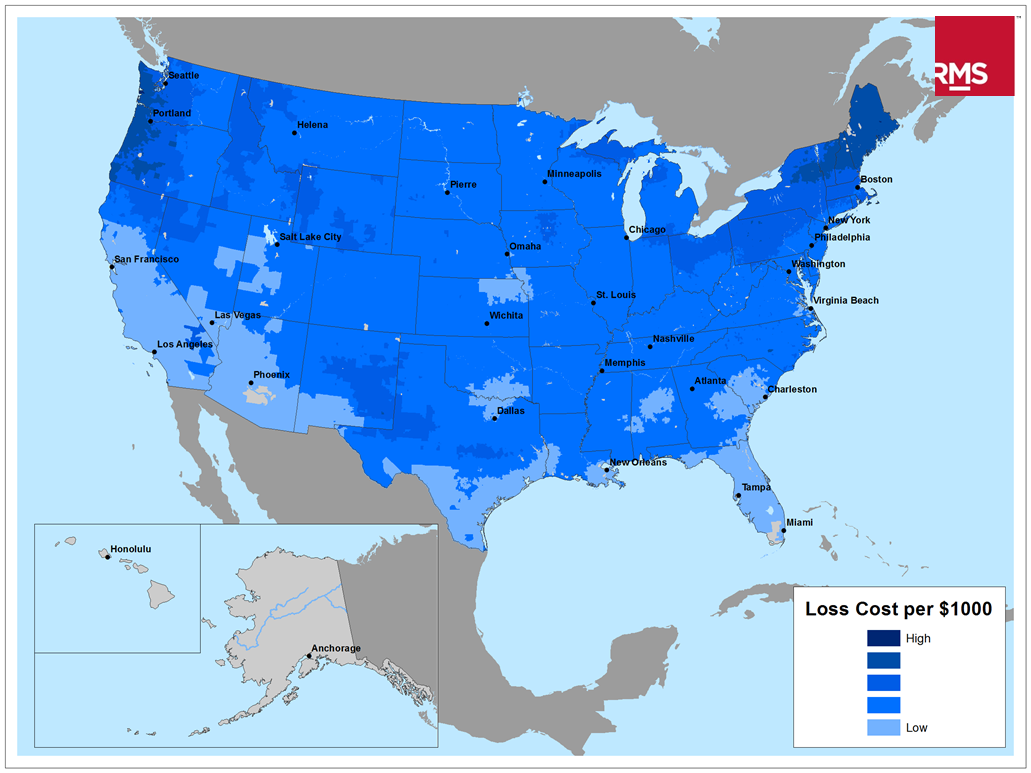
Winter 2015: A Season to Remember (or Forget)
This winter has brought a barrage of storms and Arctic air to more than half of the U.S., notably the New England region, resulting in record amounts of snow, sleet, freezing rain, and bitterly cold temperatures. Arguably, no other major city has been more directly impacted than Boston, Massachusetts. As of March 9, the city has received 105.7 inches of snow this season over three times the average seasonal total for the region! It's the second snowiest season on record, behind only the 1995-19...

Winter Storm Juno: Three Facts about “Snowmageddon 2015”
There were predictions that Winter Storm Juno—which many in the media and on social media dubbed “Snowmageddon 2015”—would be one of the worst blizzards to ever hit the East Coast. By last evening, grocery stores from New Jersey to Maine were stripped bare and residents were hunkered down in their homes. It turns out the blizzard—while a wallop—wasn’t nearly as bad as expected. The storm ended up tracking 50 to 75 miles further east, thus sparing many areas anticipating a bludgeoning and potentially reducing ...

The Blizzard of 2016: The Historical Significance of Winte...
Many of us in the Northeastern U.S. can remember the Blizzard of 1996 as a crippling winter weather event that dumped multiple feet of snow across major cities along the I-95 corridor of Washington, D.C., Philadelphia, New York City, and Boston. 20 years later, another historic winter storm has joined the 1996 event in the record books, this time occurring in a more socially connected world where winter storms are given names that share a resemblance to a popular boy band (thanks to the naming by The Weather ...

United States and Canada Winterstorm Modeling: Delivering ...
Hurricane Ida topped the list of U.S. catastrophe insured losses for 2021, but the February severe winter weather event ranked second – and ultimately became the costliest winter weather insured loss in U.S. history. Those two powerful winter storms demonstrated how a combination of economic, social, and operational factors can become significant drivers of insured and non-insured losses for winter storm perils. The severe winter weather event began with a long-lasting cold air outbreak on February 6. ...

Better understand your winterstorm risk


